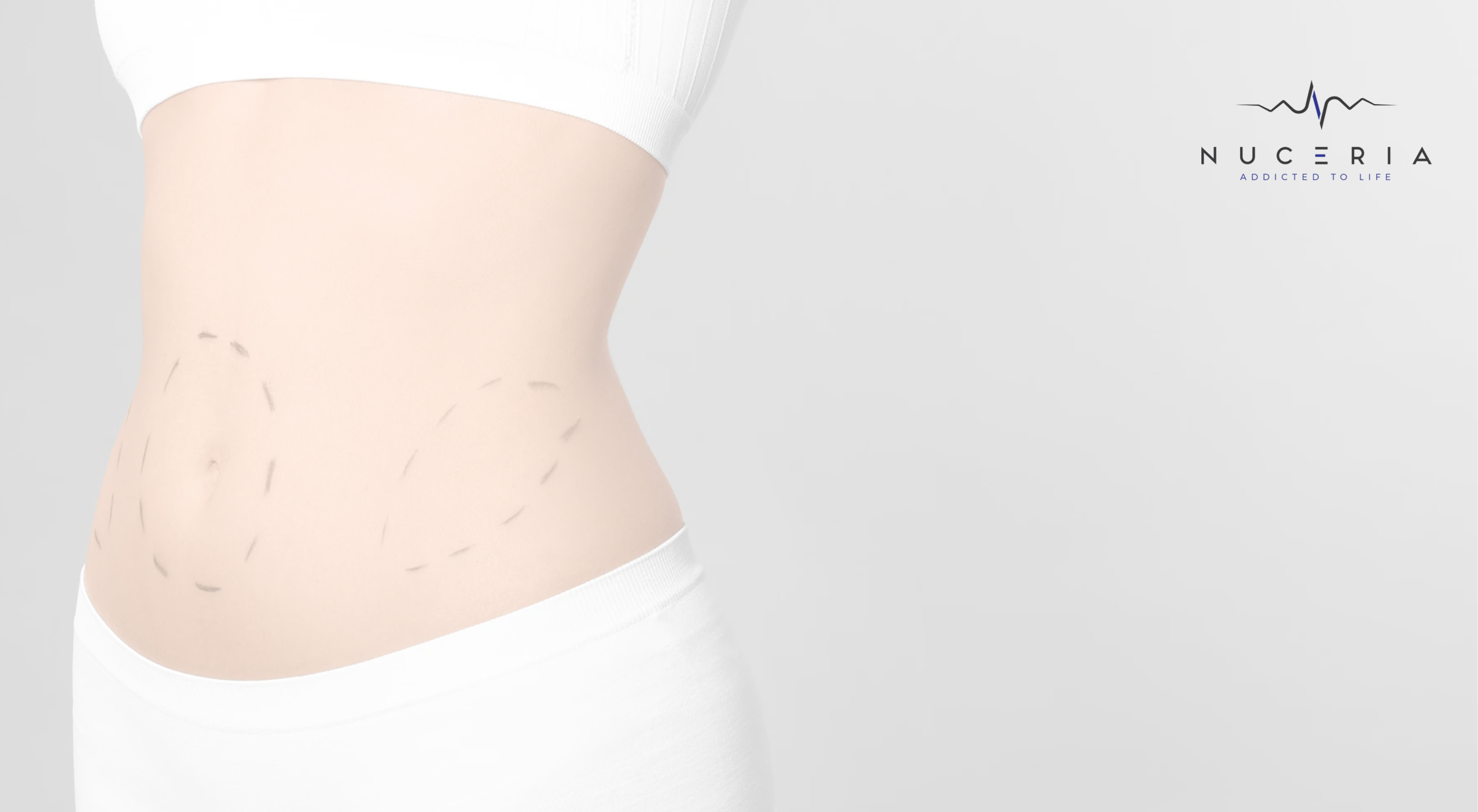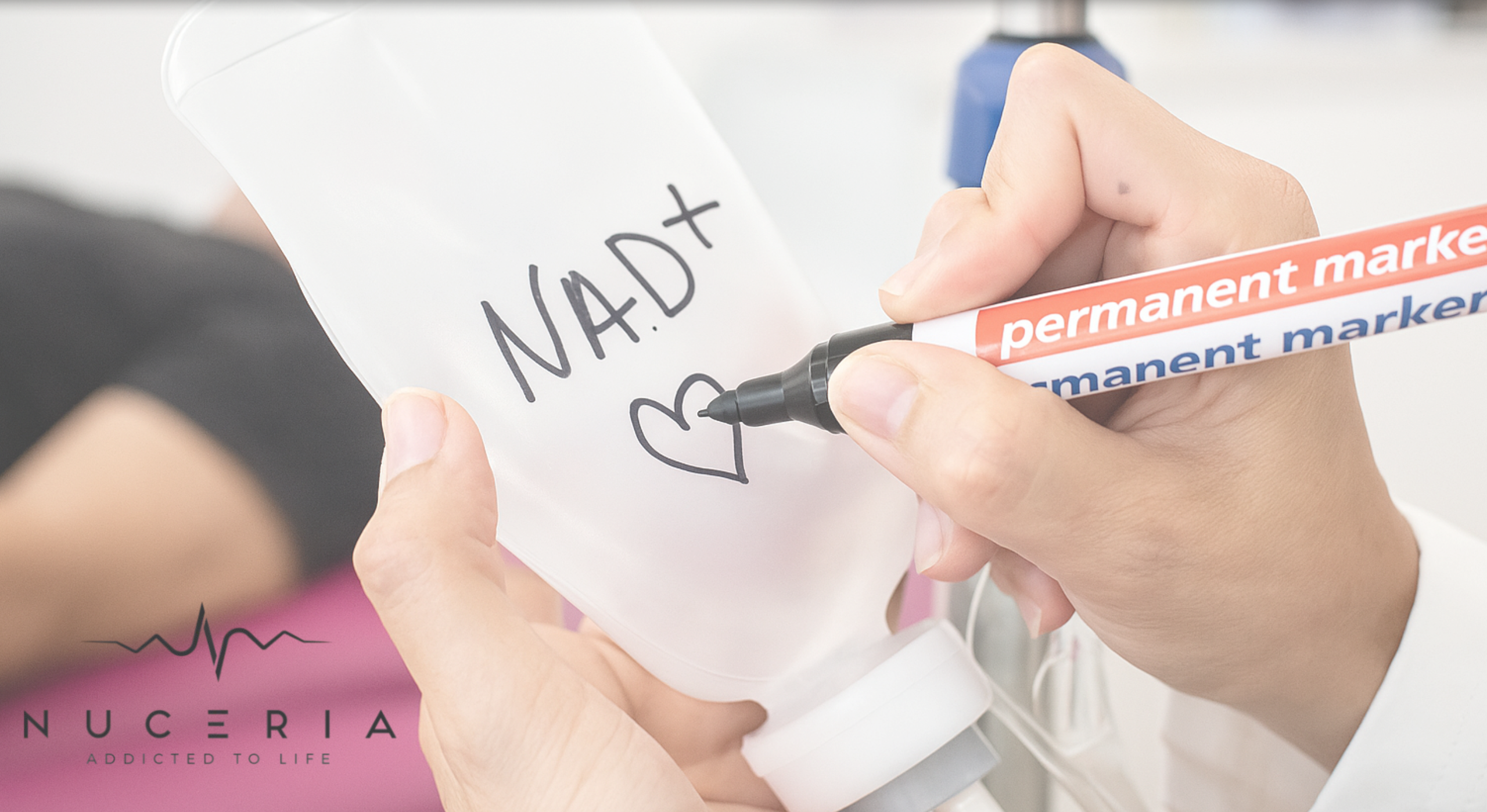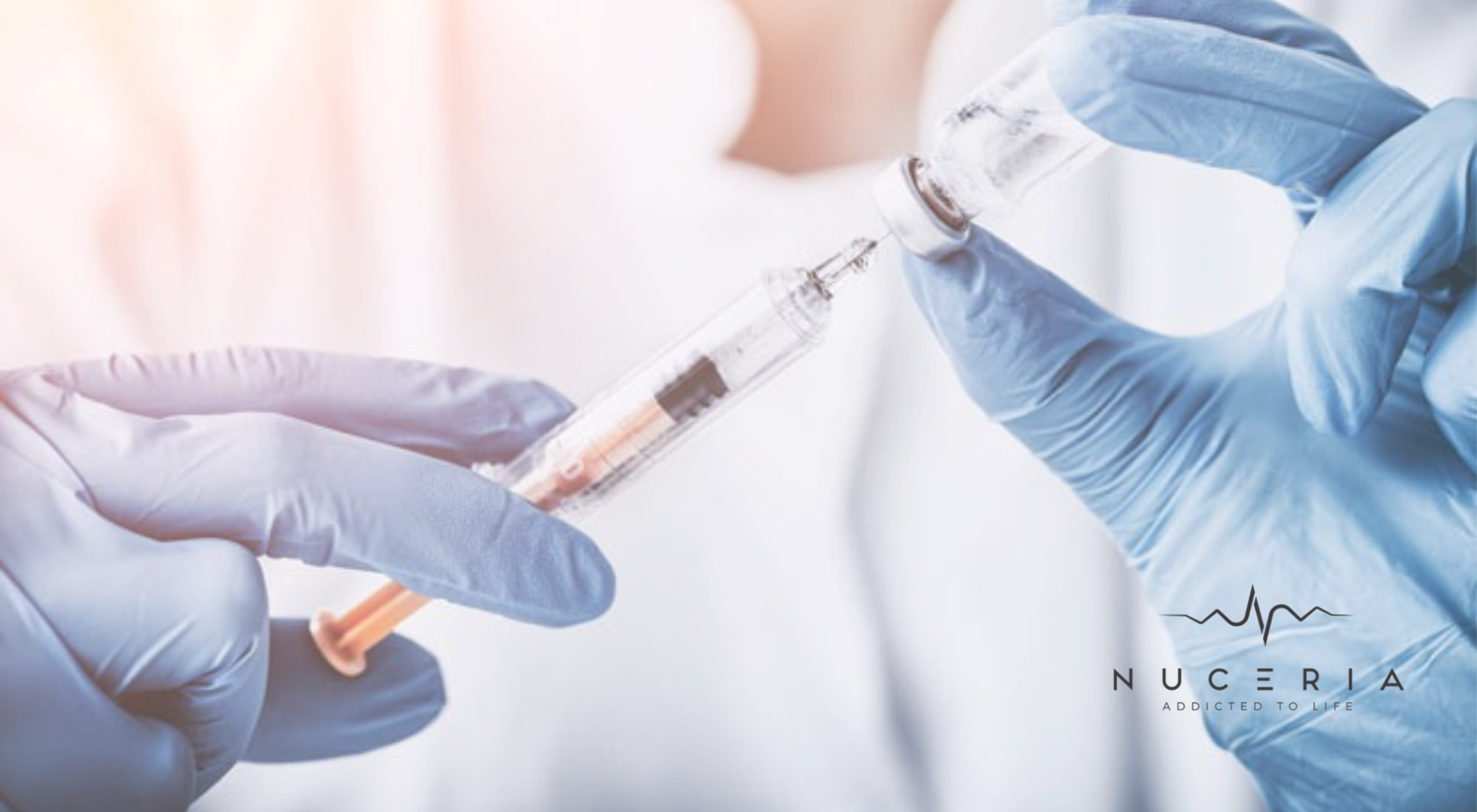The Art and Science of Lipofilling
In the ever-evolving landscape of cosmetic enhancements, lipofilling emerges as a promising technique that combines natural aesthetics with modern medical science. "Fat grafting" or "autologous fat transfer" are alternative names for the same cosmetic procedure. Lipofilling involves the extraction of fat from one part of the body and re-implanting it into another to enhance volume and contour.
This article delves into the intricacies of lipofilling, exploring its applications, benefits, and considerations.
Understanding Lipofilling:
Lipofilling is a minimally invasive procedure that has gained popularity for its versatility and natural-looking results. The process begins with the gentle extraction of fat from areas where it is abundant, such as the abdomen, thighs, or buttocks, through liposuction. The harvested fat undergoes purification to isolate healthy fat cells before being meticulously injected into targeted areas requiring augmentation or rejuvenation.
When discussing lipofilling, it's essential to understand the following:
-
A surgeon extracts the fat from any body part under local anesthesia. One patient cannot transfer it to another.
-
It is cleansed and processed before being injected into the desired area.
-
Local anesthesia is also applied to the recipient area since it is injected through thicker cannulas than those used for hyaluronic acid.
-
It has numerous applications: forehead, temples, cheeks, chin, wrinkles, jawline, and even on the body: breasts, chest, shoulders, buttocks, calves, etc.
-
It serves as a permanent filler.
Types of Lipofilling Procedures:
-
Facial Lipofilling:
-
Cheeks: Enhancing cheek volume and restoring youthful contours.
-
Temples: Filling in hollowed temples to improve facial symmetry and proportions.
-
Chin: Augmenting the chin to enhance profile balance and definition.
-
Jawline: Defining the jawline and addressing jowls or sagging skin.
-
Nasolabial Folds: Softening smile lines and creases around the mouth.
-
-
Breast Lipofilling:
-
Breast Augmentation: Increasing breast size and enhancing shape using fat transfer techniques.
-
Breast Reconstruction: Restoring breast volume and contour following mastectomy or breast-conserving surgery.
-
Breast Asymmetry Correction: Balancing uneven breast size or shape for improved symmetry.
-
-
Buttock Lipofilling (Brazilian Butt Lift - BBL):
-
Buttock Augmentation: Enhancing buttock size, shape, and projection for a more rounded and lifted appearance.
-
Hip Dips Correction: Filling in hollow areas on the hips to create smoother contours.
-
Lower Back Contouring: Improving lower back curvature to complement buttock enhancement.
-
-
Hand Rejuvenation Lipofilling:
-
Volume Restoration: Adding volume to the hands to reduce the prominence of veins, tendons, and bony structures.
-
Wrinkle Reduction: Smoothing out wrinkles and fine lines on the back of the hands for a more youthful appearance.
-
-
Scar Revision Lipofilling:
-
Depressed Scars: Fill in sunken or depressed scars to improve skin texture and blend them with surrounding tissue.
-
Surgical Scars: Softening the appearance of surgical scars by adding volume and camouflaging irregularities.
-
Acne Scars: Minimizing the visibility of acne scars through targeted fat grafting to smooth out skin texture.
-
-
Miscellaneous Lipofilling Applications:
-
Calf Augmentation: Enhancing calf size and definition for individuals with thin or asymmetrical calves.
-
Shoulder Augmentation: Adding volume to the shoulders to create a broader and more masculine or feminine appearance.
-
Pectoral Augmentation: Improving chest contour and definition by augmenting the pectoral muscles with fat grafts
-
Benefits of Lipofilling:
-
Natural Results: Since lipofilling uses the patient's fat, the results are typically more natural-looking and long-lasting than synthetic fillers.
-
Dual Benefit: Liposuction removes unwanted fat from donor areas, offering patients the advantage of body contouring and targeted augmentation.
-
Reduced Risk of Allergic Reactions: Since the fat is harvested from the patient's body, allergic reactions or rejection are minimal.
-
Longevity: While some fat may be reabsorbed by the body initially, the surviving fat cells establish a permanent presence in the recipient site, providing enduring results.
-
Customization: Lipofilling allows for precise contouring and shaping, enabling surgeons to tailor the procedure to each patient's unique anatomy and aesthetic goals.
Lipofilling Risks and Consequences:
-
Infection: There's a risk of infection at both the donor and recipient sites.
-
Bleeding and Bruising: Bleeding and bruising are common post-procedure.
-
Fat Resorption: The body may absorb some transferred fat over time, leading to volume loss.
-
Asymmetry: Uneven fat distribution may result in asymmetry.
-
Nerve Damage: The procedure carries a risk of nerve damage, causing sensation changes.
-
Scarring: Scars may develop at the sites involved in lipofilling.
-
Contour Irregularities: Lumps or bumps may occur, requiring revision surgery.
-
Allergic Reactions: Rare allergic reactions to anesthesia or medications may happen.
-
Skin Changes: Texture or pigmentation changes may occur in treated areas.
-
Prolonged Recovery: Recovery can take weeks, with swelling, bruising, and discomfort.
The Lipofilling Process: How Is It Done?
When discussing lipofilling, it's essential to understand the following steps:
-
Fat Extraction: The patient's fat is extracted from any body part under local anesthesia. It is crucial to note that the fat cannot transferred from one patient to another.
-
Processing: Once extracted, the fat is cleaned and processed to prepare for injection into the desired area.
-
Injection: The processed fat is injected into the target area using thicker cannulas than hyaluronic acid injections. Local anesthesia is applied to the recipient area to minimize discomfort during the procedure.
-
Versatile Applications: Lipofilling has a wide range of applications, including the forehead, temples, cheeks, chin, wrinkles, jawline, and various body parts such as the breasts, chest, shoulders, buttocks, and calves.
-
Permanent Filler: Lipofilling is a permanent solution for volume enhancement and contouring, unlike temporary fillers.
To determine if you're a candidate for lipofilling, your surgeon will assess several factors during an initial consultation:
-
Overall Health
-
Realistic Expectations
-
Fat Availability
-
Aesthetic Goals
-
Emotional Readiness
How to Prepare for the Treatment:
Before undergoing lipofilling, it's essential to prepare adequately. Here are some tips to follow in the days leading up to the procedure:
-
Medical Assessment: Make sure to undergo a comprehensive medical evaluation, which is required to determine candidacy.
-
Avoid Blood-Thinning Medications: In the days preceding the treatment, steer clear of medications and supplements known to thin the blood. Doing so reduces the likelihood of bleeding and bruising during the procedure.
-
Hydration and Nutrition: Maintain a healthy diet and stay adequately hydrated to promote optimal healing and recovery after the procedure.
-
Follow Preoperative Instructions: Before the procedure, your surgeon will provide specific instructions, such as fasting requirements and skincare protocols.
What to Do After Lipofilling:
After undergoing lipofilling, taking proper care of yourself is essential to ensure a smooth recovery process. Here are some post-treatment guidelines to follow:
-
Rest and Recovery: Allow ample time to rest and recover following the procedure. Avoid strenuous activities and lifting heavy objects for the recommended duration provided by your surgeon.
-
Follow-up Appointments: Attend all scheduled follow-up appointments with your surgeon to monitor your progress and address any concerns or questions you may have.
-
Monitor for Complications: Look for signs of infection, excessive swelling, or unusual discomfort in the treated area. Contact your surgeon immediately if you experience any concerning symptoms.
-
Compression Garments: Your surgeon may recommend wearing compression garments to minimize swelling and support the treated area during healing.
-
Patience and Persistence: Results from lipofilling may take some time to fully manifest as swelling subsides and the transferred fat settles into place. Be patient and follow your surgeon's guidance for optimal outcomes.
Conclusion
Lipofilling combines natural aesthetics with modern science. It involves extracting fat from one area and re-implanting it elsewhere for volume and contour enhancement.
Throughout this article, we've explored lipofilling's applications, benefits, and considerations. It offers versatility, from facial rejuvenation to body contouring, with natural-looking results.
The lipofilling process is meticulous, involving fat extraction, purification, and injection for precise shaping. However, it carries risks like infection and asymmetry.
Preparation involves medical evaluation and avoiding blood-thinning medications. Post-treatment care includes rest, follow-up appointments, and monitoring for complications.
In conclusion, lipofilling offers individuals a way to enhance their natural beauty with careful consideration and expert guidance.
FAQs about Lipofilling:
What is lipofilling?
-
Lipofilling, also known as fat grafting or fat transfer, is a cosmetic procedure where fat is removed from one part of the body (usually through liposuction) and transferred to another part to add volume or reshape it.
What areas of the body can be treated with lipofilling?
-
Lipofilling can be used to enhance various areas of the body, including the face (such as cheeks, lips, and under-eye hollows), breasts, buttocks, hands, and other areas where volume is desired.
How is lipofilling performed?
-
The procedure typically involves three main steps: harvesting fat through liposuction from donor areas like the abdomen or thighs, processing the harvested fat to purify it, and then injecting the fat into the desired treatment areas using specialized techniques.
Is lipofilling permanent?
-
While some of the transferred fat may be reabsorbed by the body initially, the fat cells that survive the transfer are usually permanent. However, factors like weight fluctuations and aging can affect the long-term results.
What are the risks and complications associated with lipofilling?
-
Common risks include bruising, swelling, and temporary discomfort at the donor and recipient sites. In rare cases, there may be complications such as infection, uneven contouring, or fat necrosis.
Who is a good candidate for lipofilling?
-
Ideal candidates for lipofilling are generally in good overall health, have realistic expectations about the outcome, and have enough fat in donor areas for harvesting.
How long does it take to recover from lipofilling?
-
Recovery time varies depending on the extent of the procedure and the areas treated, but most patients can expect some swelling and bruising for a few weeks. It's advisable to avoid strenuous activities during the initial recovery period.
Are there any alternatives to lipofilling for enhancing volume?
-
Yes, alternatives include dermal fillers, which use substances like hyaluronic acid or collagen to add volume to specific areas. However, the results of dermal fillers are temporary and may require repeat treatments.
How much does lipofilling cost?
-
The cost of lipofilling can vary widely depending on factors such as the surgeon's expertise, the extent of the procedure, geographic location, and facility fees. It's essential to discuss pricing and financing options with your surgeon during the consultation.
What results can I expect from lipofilling?
-
Results from lipofilling can vary from person to person, but most patients experience natural-looking enhancement or rejuvenation in the treated areas, with long-lasting results that can enhance overall appearance and self-confidence.
Request an appointment here: https://mynuceria.com or call Nuceria Health at (305) 398-4370 for an appointment in our Miami office.
Check out what others are saying about our services on Yelp: Wellness Center in Miami, FL.







